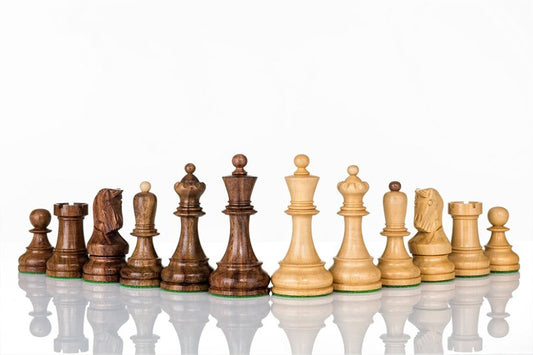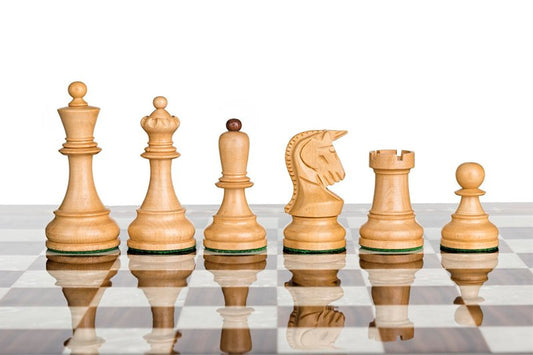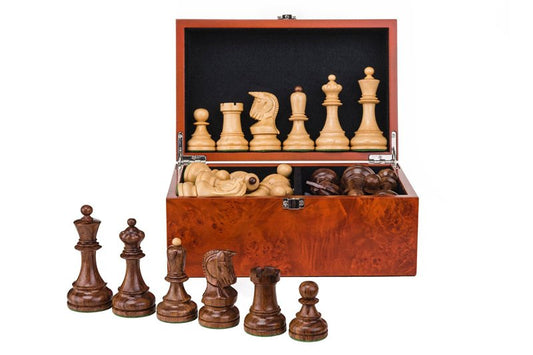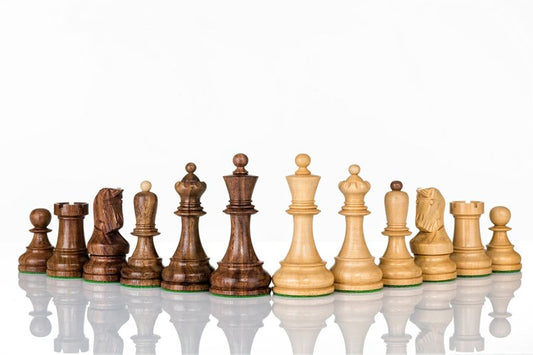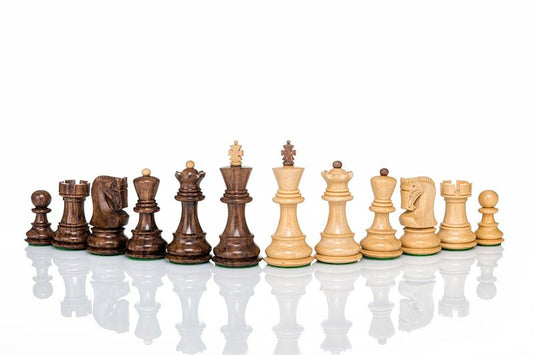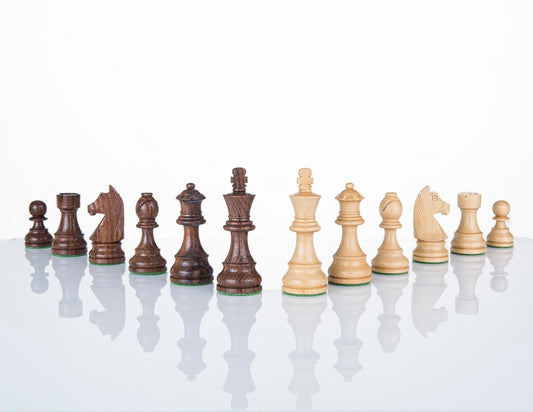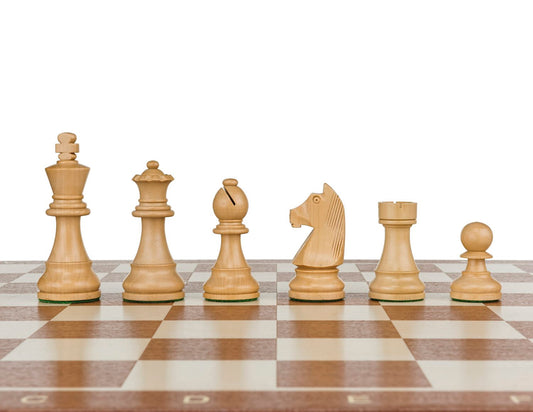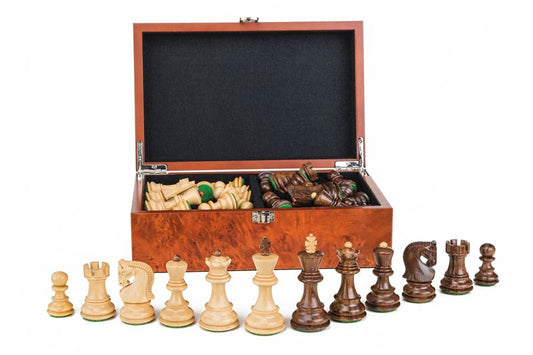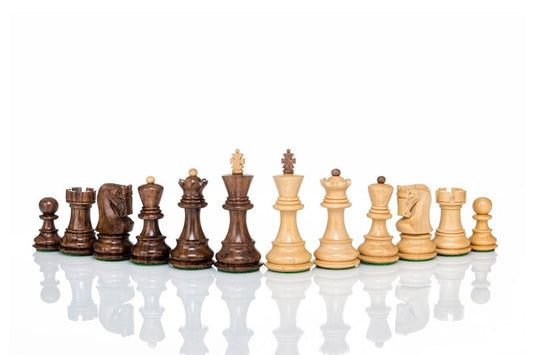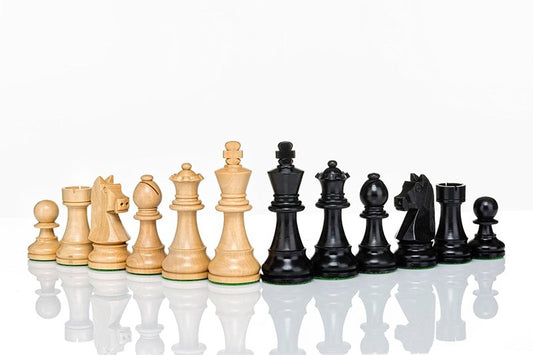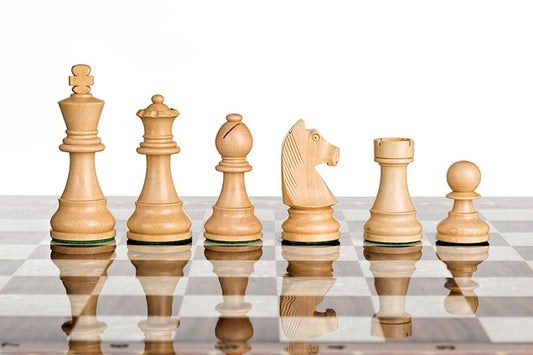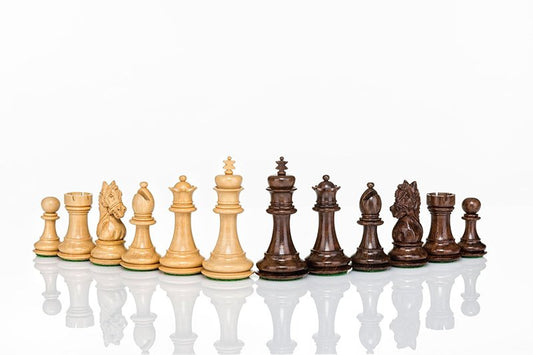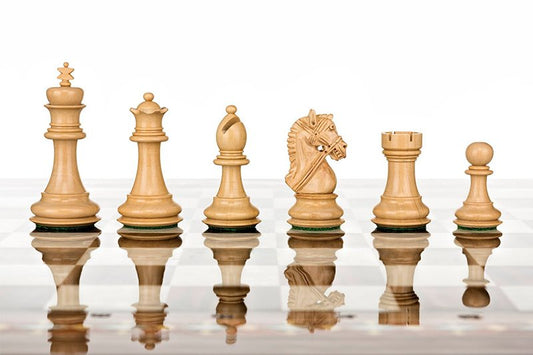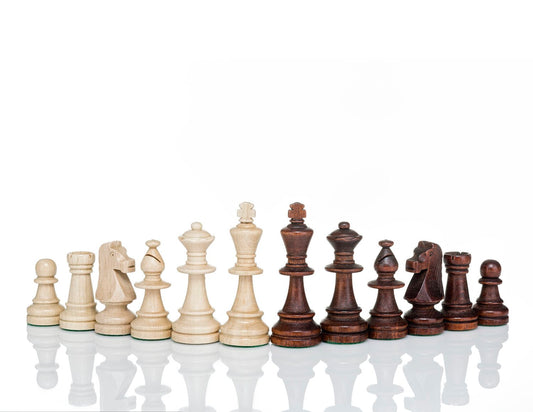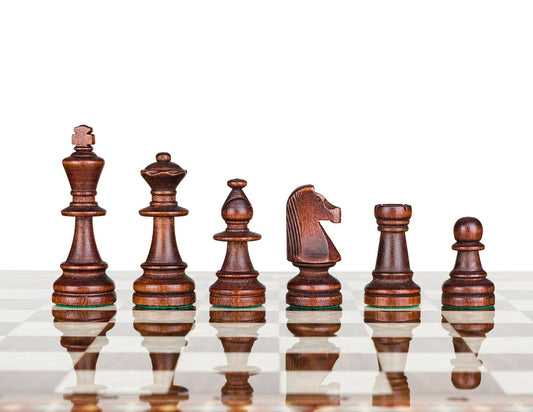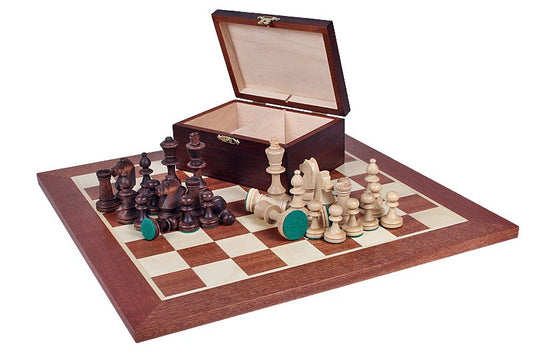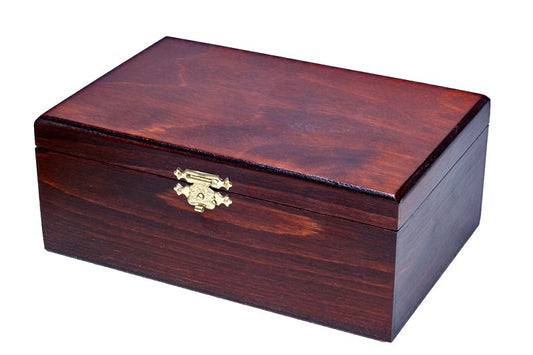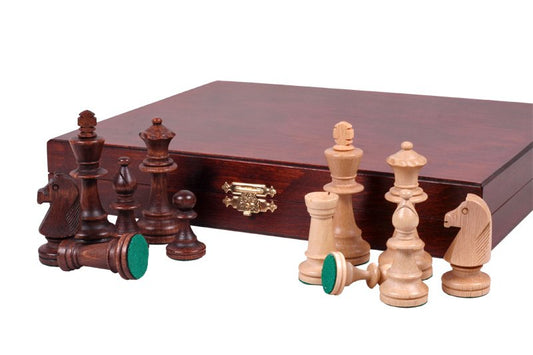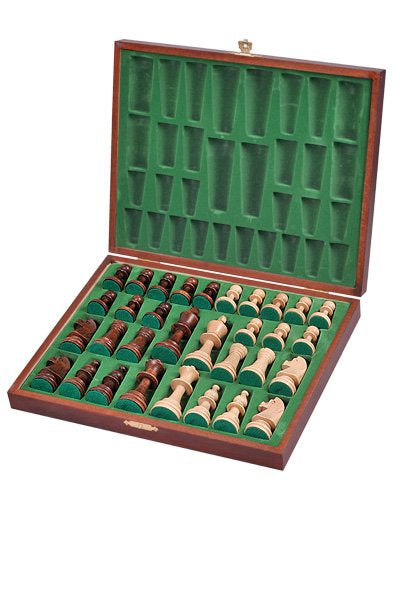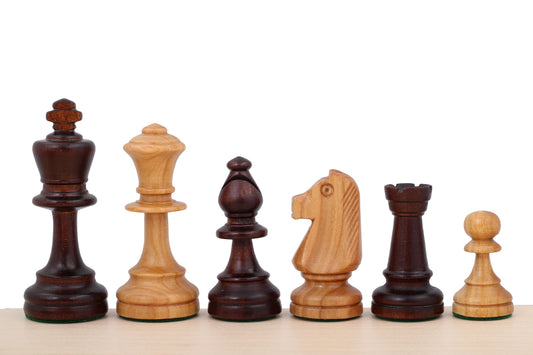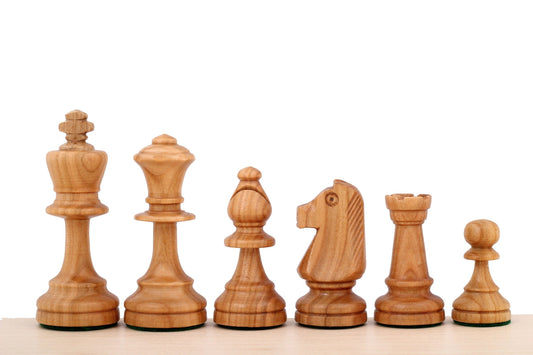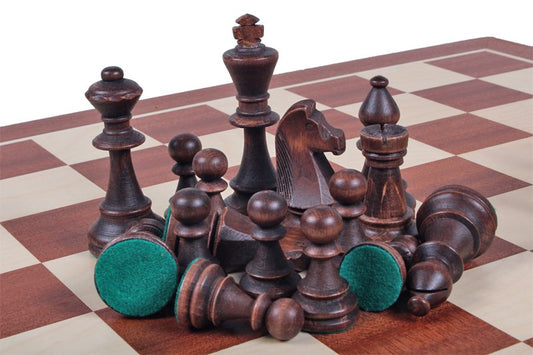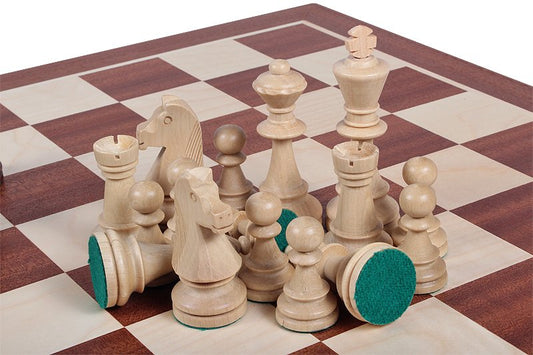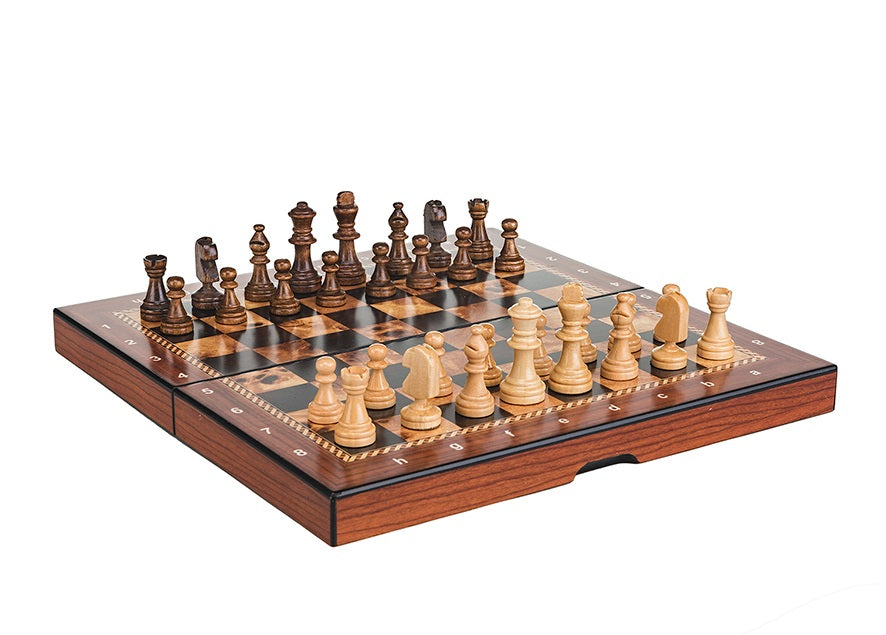Chess Pieces
Sort by
- Featured
- Best selling
- Alphabetically, A-Z
- Alphabetically, Z-A
- Price, low to high
- Price, high to low
- Date, old to new
- Date, new to old
There are 108 results in total
Featured
- Featured
- Best selling
- Alphabetically, A-Z
- Alphabetically, Z-A
- Price, low to high
- Price, high to low
- Date, old to new
- Date, new to old
3.6 Inch Dubrovnik Royal Chess Pieces
Regular price
£104.00
Sale price
£149.00
3.6 Inch Dubrovnik Royal Chess Pieces In Box
Regular price
£118.00
Sale price
£173.00
3 Inch Dubrovnik Royal S Chess Pieces
Regular price
£88.00
Sale price
£110.00
3.7 Inch Staunton Standard Chess Pieces
Regular price
£69.00
Sale price
£109.00
3 Inch Dubrovnik Royal S in Box
Regular price
£98.00
Sale price
£147.00
4 Inch Staunton Black Chess Pieces
Regular price
£85.00
Sale price
3 Inch New York Chess Pieces
Regular price
£88.00
Sale price
£171.00
4 Inch Tournament Chess Pieces
Regular price
£64.00
Sale price
£87.00
3 Inch Staunton Chess Pieces With Box
Regular price
£79.00
Sale price
3.5 Inch Staunton Luxury Chess Pieces in Box
Regular price
£111.00
Sale price
3.5 Inch Staunton Chessmen Cherry
Regular price
£70.00
Sale price
3.8 Inch Chess Pieces Staunton
Regular price
£70.00
Sale price
Showing 12 of 108 products
Load More
